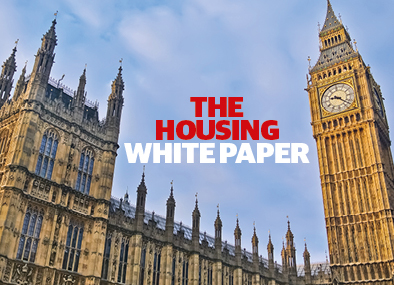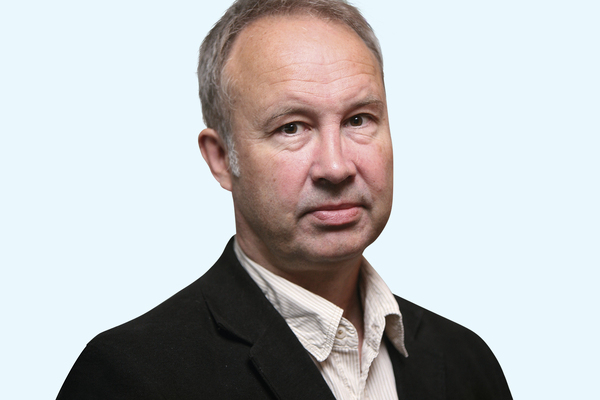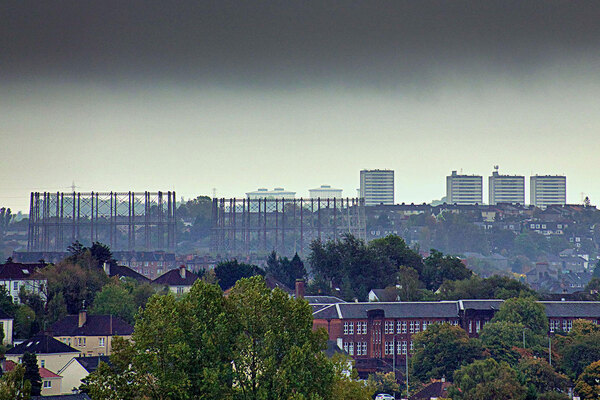New housing need methodology estimates 266,000-home annual need
Sajid Javid has unveiled details for a new methodology to calculate local housing need, which would give an overall estimate of housing need at 266,000 homes per year in England.
Speaking in the House of Commons earlier today, the communities secretary set out the flagship Housing White Paper plans to base assessments on household projection data with a multiplier applied in areas where house prices outstrip local incomes.
However, the increase in local targets will be capped at no more than 40% of the figure set in a local plan, if it is up to date, or 40% of household need projections where it is not.
Mr Javid said: “The existing system for determining [housing demand] simply isn’t good enough. It relies on assessments from local authorities according to their own requirements carried out by expensive consultants using their own methodology.
“The result is an opaque mishmash of different figures that are consistent only in their complexity.”
He set out a three-stage approach to determining each local authority’s housing need:
- The ‘baseline’ would be the annual average from the Office for National Statistics’ projection of household growth over a 10-year period.
- This would be multiplied by a calculation on affordability: the ratio of median house price to median income. In areas where this is more than four, each one-point rise would result in a 0.25% increase in household need.
- This would then be capped at no more than 40% above the housing need assessment set in the area’s local plan, if the plan was adopted within the last five years. It would be set at 40% above the local plan figure or 40% above the household projections if the plan is out of date.
Mr Javid said that if applied nationally, this would result in an assessment of national need at 266,000 homes per year – well above the government’s current target of 200,000 homes a year to 2020 and 250,000 a year thereafter.
In 2015/16, government net additions figures show 189,000 new homes were delivered, meaning Mr Javid is asking for a 40% increase on current levels of housebuilding.
It would also result in an assessed need of 72,000 homes a year in London – well above the 50,000 homes a year currently envisioned by mayor Sadiq Khan.
The largest number of homes required would be in Tower Hamlets in east London, which would have an objectively assessed need of 4,873 new properties a year. Eight of the top 10 areas of housing need under the government’s new methodology are in London, with Birmingham and Cornwall the other two areas.
Mr Javid said the methodology would result in a fall in assessed housing need in 148 areas compared to existing local plans, and growth in 156, with an average rise of 35% among these.
He said the move was “not a return to Labour’s top-down system of housing targets”.
Councils will also be required to publish a statement about joint working with neighbours in order to meet the targets across local authority boundaries, and concessions will be made for areas of outstanding natural beauty and the green belt.
Replying to Mr Javid’s statement in parliament John Healey, shadow secretary of state for housing, questioned how the numbers would be enforced if they did not amount to targets.
He added: “People are looking for action from government to fix the broken housing market – they are looking for leadership after seven years of failure. Simply fine-tuning the detailed working of the planning system falls dismally short of what the country needs.”










